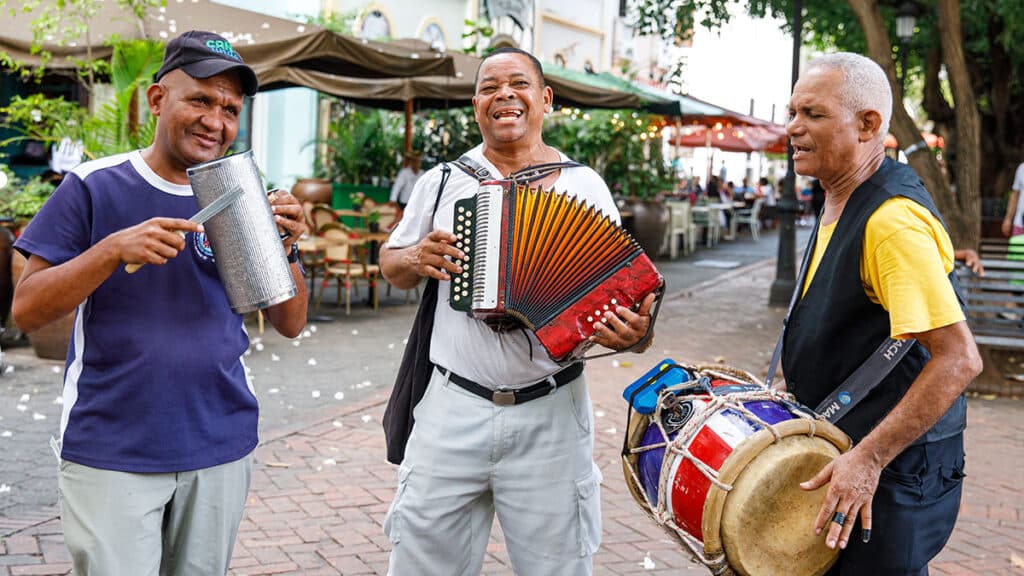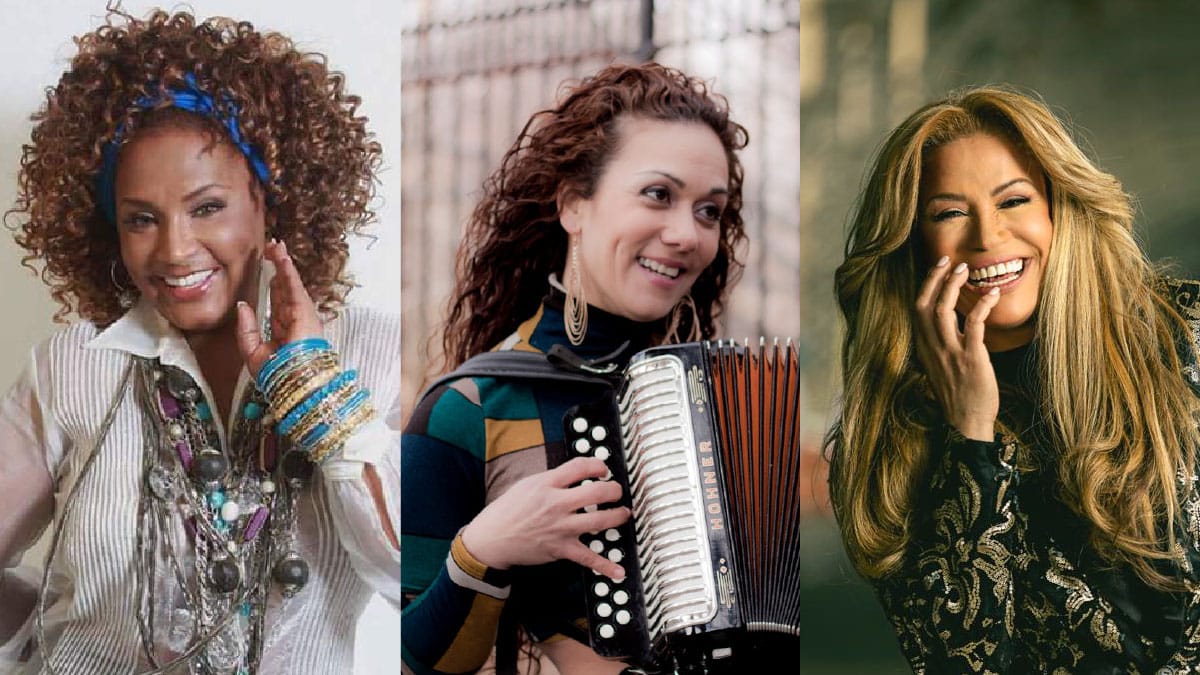Merengue in New York City is mostly where Dominicans live in Upper Manhattan and the West Bronx.
Merengue is the most traditional Dominican music and dance. It is part of the Dominican soul.
When merengue plays, Dominican hips start swinging naturally. In the dance, we grind our hips together to make merengue. Ahhh. Agua! That’s merengue.
The sound of the two-headed Dominican drum, la tambora used in merengue, is in most Dominican popular music.
Thanks for sponsoring merengue:
Merengue
New York Salsa Festival 2023 Features Willie Colón, El Gran Combo, Victor Manuelle, Oscar D’Leon and Merengueros Oro Solido
Willie Colón, El Gran Combo de Puerto Rico, Victor Manuelle, Grupo Niche, Oscar de Leon, Jerry Rivera, Tony Vega, Edgar Joel, merengueros Oro Sólido backed merengueros Oro Sólido, backed by a great salsa band directed by Bobby Allende and Marc Quiñones. 🇵🇷 🇩🇴 🇨🇴 🇻🇪
BARCLAYS CENTER: Prospect Heights, Brooklyn
Saturday, June 10, 2023
Merengueras Dominicanas: Ninoshka, Lidia de la Rosa, & Indira Rubiera Bring Quisqueya to Hostos Center
HOSTOS CENTER, Mott Haven, The Bronx ~ Three legendary women play their own flavors of Dominican merengue. 🇩🇴
BAAND Together Dance Festival 2022 Brings Ailey, ABT, Ballet Hispánico, Dance Theatre of Harlem, and City Ballet to Lincoln Center for Free!
LINCOLN CENTER, Manhattan 🇦🇷 🇨🇺 🇨🇴🇩🇴 🇫🇷 🇲🇽 🇵🇷 🇺🇸
Merengue News
New York Merengue Scene
Probably the most common place to hear merengue in New York City is coming from cars on the streets of Upper Manhattan and the West Bronx.
Dominican speaker vans are massive mobile sound systems. In the Dominican Republic, we hold pop-up parties called “teteos” on street corners, along rivers, and on the beach. In New York, we call it a car meet. Speaker vans allow us to party anywhere, and we love to party.
About Merengue

Merengue dancing looks a lot like some African puberty dances where women swing their hips to show their beauty and fertility, and attract a partner.
Vodou Origins
Dominican merengue derived from Haitian meríngue during the Haitian occupation of the Dominican Republic (1822-1844). It is related to traditions of the Vodou gedes (saints) of death and fertility.
There’s nothing bad or scary about Vodou. That’s American colonizer and Hollywood nonsense.
When the gedes visit on Day of the Dead, they dance the banda rhythm with lots of ritualized humping. Nobody gets offended. It’s good clean fun.
Perico Ripiao is Merengue Típico
Haitian meríngue is slower and was played with just drums and later with guitars. Dominicans made it faster and switched to the accordion brought to the island by German traders and tobacco farmers to Puerto Plata, the nearby beach town during the 1800s. Jazz influences later added horns.
There was a bar/bordello called Perico Ripiao in a small town near Santiago de los Caballeros in the fertile Cibao Valley. “Perico” means parrot, but is Dominican slang for vagina. So “Perico Ripiao” means ripped parrot. That’s a great name for a bordello if you think about it.
Today some people just call the old merengue, “merengue típico” (typical merengue) to avoid the sexual metaphors. But most people gather and dance to find love. There’s no need to hide it. It’s natural like breathing. Dominicans love to dance.
¡Quisqueya!



